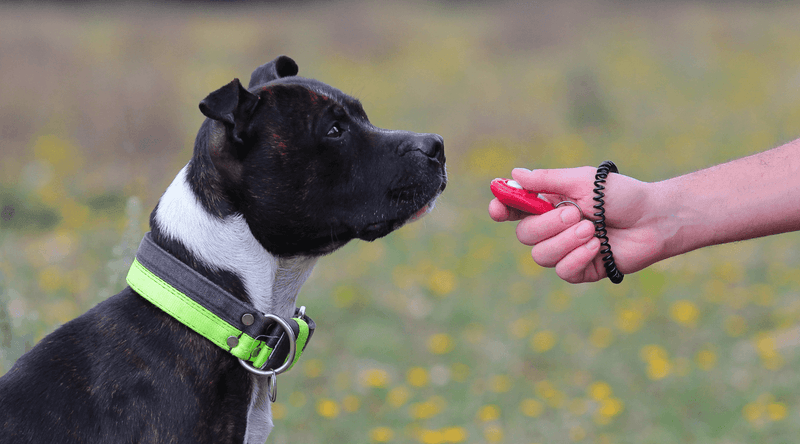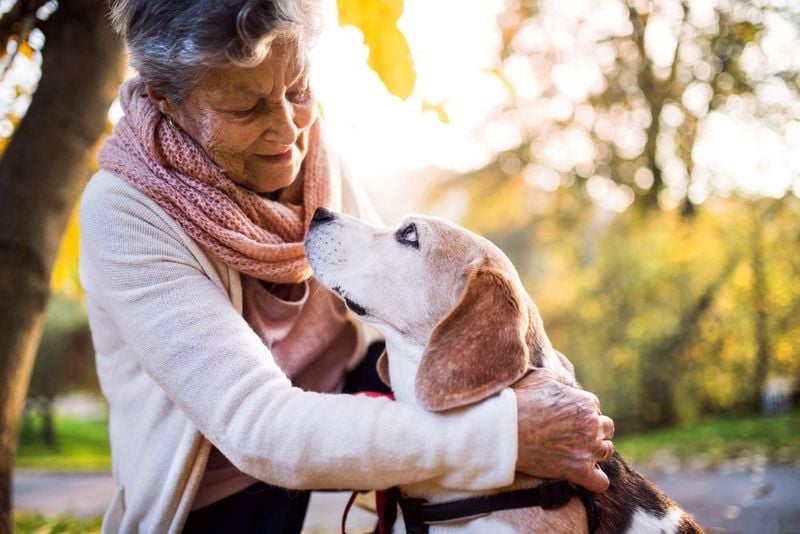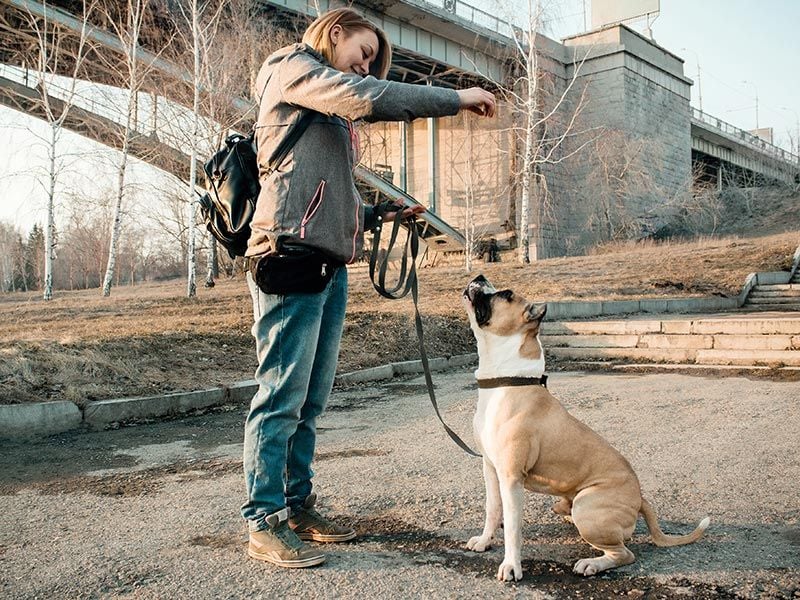13 Simple Acts of Love That Can Completely Change a Shelter Dog’s Life
Every shelter dog has a story—one often filled with uncertainty, fear, and loneliness. These furry souls wait patiently behind kennel doors, hoping for someone to see their worth.
The good news is that we can make a tremendous difference in their lives through simple acts of kindness and love.
Whether you’re considering adoption or simply want to help, these straightforward gestures can transform a shelter dog’s world completely.
1. Adopt, Don’t Shop
Bringing a shelter dog home is perhaps the most profound gift you can offer. When you choose adoption, you’re not just gaining a pet—you’re saving a life and creating space for another animal in need.
Shelter dogs often show remarkable gratitude, as if they understand the second chance they’ve received. Many adopters report their rescue pups display exceptional loyalty and affection compared to purchased pets.
The adoption process typically includes vaccinations, microchipping, and spaying/neutering—making it both compassionate and cost-effective compared to buying from breeders or pet stores.
2. Give Them Time to Adjust
Patience makes all the difference when welcoming a shelter dog home. Many rescues need weeks or even months to understand they’re finally safe, especially those with traumatic backgrounds.
The ‘3-3-3 rule’ offers a helpful framework: three days to decompress, three weeks to learn routines, and three months to feel fully at home. During this adjustment period, a dog’s true personality gradually emerges as fear subsides.
Creating predictable routines helps tremendously—regular mealtimes, walks, and quiet periods allow your new companion to develop confidence in their new environment.
3. Offer Consistent Love and Reassurance
Shelter dogs thrive on gentle, predictable affection. Speaking in soothing tones while maintaining calm body language helps build trust with dogs who may associate loud voices or sudden movements with danger.
Physical touch—when welcomed by the dog—releases oxytocin in both human and canine brains, strengthening your bond. Watch for subtle cues that indicate when your dog enjoys petting versus when they need space.
Consistency matters enormously; even five minutes of focused attention several times daily communicates more security than occasional longer sessions. Your steady presence proves to them that good things can be reliable.
4. Provide a Safe Space
Every shelter dog deserves a sanctuary within your home. A dedicated corner with a comfortable bed, blanket, and a few toys creates a retreat where they can process overwhelming emotions.
Crates, when introduced positively, become wonderful security zones rather than punishment areas. Cover three sides with a blanket to create a den-like atmosphere that appeals to a dog’s natural instincts.
Teach children and visitors to respect this space as off-limits when the dog retreats there. This boundary honors your dog’s need for occasional solitude and builds tremendous trust—they learn they can always find peace when needed.
5. Feed Them Well
Nutrition transforms shelter dogs from the inside out. Many arrive malnourished or accustomed to poor-quality food, making proper feeding an immediate form of care that shows dramatic results.
Consult your veterinarian about specific dietary needs based on your dog’s age, size, and health conditions. Some shelter dogs have sensitive digestive systems requiring special formulations or gradual transitions between foods.
Hand-feeding occasionally builds trust while teaching gentle food manners. For dogs who gulp food anxiously (common in those who competed for resources), puzzle feeders and slow bowls help establish healthier eating patterns while providing mental stimulation.
6. Train With Positive Reinforcement
Reward-based training transforms fearful shelter dogs into confident companions. When dogs associate learning with treats, praise, and play rather than punishment, their eagerness to please flourishes.
Short, upbeat sessions of 5-10 minutes work best for dogs with limited attention spans or anxiety issues. Celebrating small victories—making eye contact, approaching willingly, attempting new behaviors—builds momentum for bigger challenges.
Clicker training proves especially effective for shelter dogs, creating clear communication that transcends past confusion or mishandling. The distinct sound marks desired behaviors precisely, helping dogs understand exactly which actions earn rewards.
7. Visit the Vet Regularly
Regular veterinary care addresses the invisible challenges many shelter dogs face. Beyond obvious conditions, many harbor untreated dental issues, skin irritations, or joint pain that affect their behavior and comfort.
Finding a veterinarian experienced with rescue animals makes all the difference. These professionals understand common shelter-related health concerns and approach examinations with appropriate gentleness for potentially fearful patients.
Consider creating positive associations with the clinic through occasional social visits where nothing uncomfortable happens—just treats and friendly greetings.
This preparation transforms future medical appointments from terrifying ordeals into manageable experiences for dogs with traumatic medical histories.
8. Exercise Together
Physical activity creates transformation beyond simple fitness. Many behavior problems—destructiveness, anxiety, excessive barking—diminish dramatically when shelter dogs receive appropriate exercise tailored to their energy levels and physical capabilities.
Varied activities keep both mind and body engaged. Beyond walks, consider swimming (especially gentle for dogs with joint issues), scent games that tap into natural tracking abilities, or agility exercises using household items.
Exercise sessions strengthen your connection through shared experiences and the natural endorphin release that accompanies physical activity. For formerly neglected dogs, these outings often represent their first taste of the wider world’s pleasures and possibilities.
9. Socialize Gently
Thoughtful socialization helps shelter dogs discover that the world holds more joy than threat. Unlike puppies who eagerly absorb new experiences, adult rescues often need carefully controlled introductions to people, animals, and environments.
Begin with calm, predictable interactions in quiet settings before progressing to busier scenarios. Watching for subtle stress signals—lip licking, yawning, averted gaze—allows you to intervene before your dog becomes overwhelmed.
Arranging controlled meetings with stable, gentle dogs helps tremendously with canine social skills. These positive encounters teach appropriate play behaviors and communication that may have been missed during critical developmental periods.
10. Respect Their Past
Acknowledging a shelter dog’s history shapes how we help them heal. While we rarely know their complete stories, behavior patterns offer clues about previous experiences that deserve respect rather than frustration.
Fear of specific objects, sounds, or types of people typically stems from negative associations. A dog who cowers at raised hands or certain voices has learned these signals predict pain—a reality we must honor while showing different possibilities.
Avoiding triggers when possible while gradually creating new, positive associations represents the kindest approach. This patient process—sometimes taking months or years—allows traumatized dogs to rewrite their understanding of the world at their own pace.
11. Enrich Their Life
Mental stimulation prevents boredom while rebuilding confidence in shelter dogs. Puzzle toys that dispense treats reward problem-solving efforts, creating positive cycles of curiosity and satisfaction.
Rotating toys keeps experiences fresh—many owners create a system where only a few items remain available while others stay hidden for weekly exchanges. Even simple household items become enrichment tools: cardboard boxes with treats inside, muffin tins with tennis balls covering hidden kibble.
Scent work particularly engages a dog’s natural abilities. Hiding treats around a room or teaching ‘find it’ games taps into powerful olfactory instincts while building focus and determination that transfers to other training challenges.
12. Consider Professional Help
Some shelter dogs carry behavioral challenges beyond typical adjustment issues. Seeking qualified help isn’t admitting defeat—it’s providing exactly what your dog needs to overcome difficult patterns.
Force-free trainers and certified animal behaviorists understand the science behind fear, reactivity, and anxiety. Their expertise creates customized approaches addressing specific triggers while respecting your dog’s emotional needs.
Even a few professional sessions often provide owners with transformative insights and techniques. Many trainers now offer virtual consultations, making expert guidance accessible regardless of location.
This investment pays lifelong dividends in your dog’s emotional wellbeing and your relationship’s harmony.
13. Be Their Forever
Commitment stands as the ultimate act of love for shelter dogs who’ve experienced abandonment. The security of knowing they’ll never again face homelessness allows deep healing that nothing else provides.
Forever homes adapt to life’s changes rather than surrendering when challenges arise. Moving to a new house, welcoming a baby, or navigating health issues become shared journeys rather than reasons for separation.
The reward for this commitment? Witnessing remarkable transformations as your dog blossoms into their truest self. Many adopters report the shy, fearful creature they brought home eventually becomes unrecognizable—replaced by a confident, joyful companion who finally understands what it means to be truly loved.



















